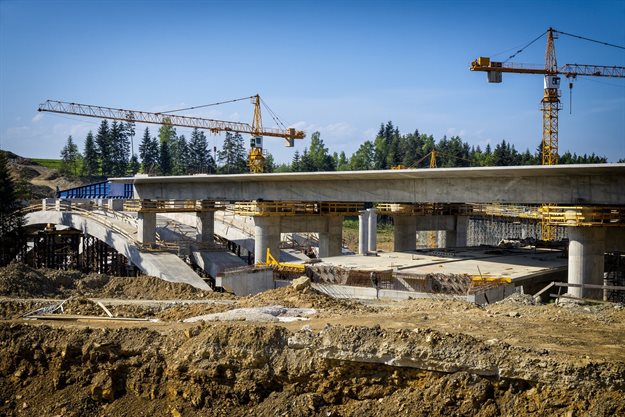






Our expectation is that infrastructure spend and project execution will be a priority for the South African government in 2021 as we begin to rebuild after a brutal 2020. Reports by the African Development Bank (AfDB) indicate that Africa’s infrastructure investment gap has widened over time, reaching levels of more than $100bn. If it is invested correctly, this infrastructure spend has the potential to be transformative for the country and the continent.
Quality physical infrastructure is without question the backbone of any developed economy. President Cyril Ramaphosa has already outlined government’s plans to prioritise the implementation of South Africa’s Economic Reconstruction and Recovery Plan which includes promoting aggressive infrastructure investment.
“Where’s the plan?”, “Can the state execute on this?”, “Can we afford it given current budgetary constraints?” are all the usual refrains that critics of state-led infrastructure spend are quick to jump on and casually throw around, but there’s a very straight-forward counter: If the state is as incapable as the mainstream media makes it out to be, then why does the private sector continue to deploy capital into public sector entities?
We have some great examples of well-run power and infrastructure programmes, for example, the very successful renewable energy programme, where Eskom managed to procure 6GW of power from independent power producers and attracted more than R200bn in private capital for these projects. We expect further significant investment in the power sector where the procurement processes have now been tried and tested, with significant appetite from banks and investors to continue their support for these programmes.
As far as affordability is concerned, whilst this remains a concern in the current environment, we believe that through careful project selection and prioritisation, there is an opportunity to focus on the low hanging fruit, which means executing on those projects which require a lower level of direct government support, using the public private partnerships (PPP) model where both the project construction and operations, as well as raising of capital, is undertaken by the private sector.
We believe that it is really important that the public and private sectors start to build a narrative that trust is steadily being rebuilt – it has not only been one way traffic in terms of outflows from the domestic economy.
DFIs are looking for opportunities in emerging markets and despite the Covid-19 challenges, are continuing to deploy developmental capital in South Africa. There has been some real innovation with the so-called 'green' and 'blue' infrastructure bonds for backing clean energy and environmentally friendly infrastructure.
These are the stories that don’t necessarily make for good headlines, but on the ground, financiers are looking for projects that offer real investment returns and we need to remember that the National Development Plan (NDP) requires that 10% of GDP is invested into infrastructure and at the moment, we are only spending about 5.8% - there’s a lot more room for flexibility if we can get some economic growth coming through.
In response to the criticism around the execution side of the projects, some fundamental changes are happening in terms of management of the infrastructure projects. Government has taken the feedback from its various stakeholders and put in place systems to manage the process more efficiently.
Projects such as Eskom’s Kusile and Medupi are regularly being held up as examples of failed infrastructure projects with major cost over-runs and poor execution but we can’t assume that these are the only examples of projects that are being delivered.

At the 2020 Inaugural Sustainable Infrastructure Development Symposium (SIDS), 276 projects across six priority sectors were identified. These six priority sectors are:
These are not just pipe-dreams or a 'wish-list' but rather projects that have been gazetted and are likely to have significant multiplier effects on the communities where they are rolled out and government has established an independent arm to manage these projects and ensure they go from conceptualisation to bankable and are ultimately executed in a prescribed timeframe.
Water infrastructure is likely to be a major focus for the country in the coming decades. Access to water is going to be critical – the Covid-19 pandemic has highlighted the importance of access to water and sanitation – our healthcare sector cannot sustain further pressure.
Before closing, it is important to address the question of how the state and private sector can work together. In the past, there has always been questions and concerns around the shortage of a robust pipeline of infrastructure projects that have been developed and prepared as bankable and ready for private sector participation. With the SIDS methodology, we now have a solution that will enhance PPP as the model of the future.
We need a working and sustainable public sector and we believe that we can be a partner of choice in the funding of major infrastructure projects both in South Africa and across the broader African continent. Our message to the market: Don’t write the public sector off just yet.